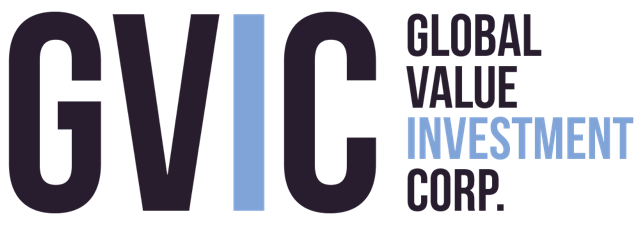Notes from the Research Desk
In this note we discuss our research team’s recent trip to DNB ASA’s (Den Norske Bank) 2023 Energy and Shipping Conference in Oslo, Norway. DNB is an Oslo-headquartered, full-service financial group that MIAM has developed a strong relationship with as our interest in European companies has grown over time and our familiarity with those markets has presented more and more attractive investment opportunities. As the name implies, the conference focused on offshore energy and maritime shipping and drew in a wide range of investors, company management, service providers, and bankers that participate in various aspects of those industries.
We will get to our takeaways from the conference in short order, but we wanted to note that four of our portfolio companies have offices in Oslo and this trip provided an excellent opportunity for us to meet management in person and see where the day-to-day operations happen. During the first two days on the ground, we met with the management teams of 2020 Bulkers Ltd. (2020-OSL), Himalaya Shipping Ltd. (HSHIP-OSL, will soon be HSHP-US and HSHP-OSL), Western Bulk Chartering AS (WEST-OSL), and Hoegh Autoliners ASA (HAUTO-OSL). While we maintain regular dialogue with management of these companies via video calls, there is no substitute for in-person discussions. Further, getting a feel for where and how the entire company works (not just management in their offices) provides insight into management’s effectiveness and the culture at an organization, something we review closely for all investments. As always, we learn more about the operations and capital allocation priorities from all of our visits, look forward to continued discussions with management, and thank the companies for hosting us while we were in town.
Now to the conference. The overarching takeaway from both the maritime shipping and energy industries was supply, supply, supply. We heard ad nauseum from management and analysts alike about the shortage of supply caused by a multi-cycle underinvestment in assets. For maritime shipping, this means a lack of newbuild ships caused by insufficient shipyard capacity and a decade-long hesitancy from shipowners to commit cash to newbuild projects after lackluster day-rates forced many shipowners into insolvency after the 2008 financial crisis. Further exacerbating the supply problem is the uncertain future of what fuel (or fuels, as the case seems to be) will be used to power ships. A reminder that the vast majority of the ships in question here have useful lives over 25 years, thus increasing the importance that shipowners order newbuilds with propulsion that will stand the test of time and that there is, or soon will be, adequate infrastructure in place to operate ships without increased time in port or higher drydocking requirements. Regulatory concerns will likely also have a material effect on global shipping capacity. EEXI and CII are two imminent regulations implemented by the International Maritime Organization (IMO) that will cause a reduction in global fleet capacity by causing less carbon-friendly ships to either slow their sailing speed, spend capital to be upgraded, or be scrapped. The confluence of all of these factors would, in a bubble, result in much higher day rates and earnings for the shipowners and managers. Of course, the world doesn’t exist in a bubble and a prolonged reduction of consumer demand or structural change to the industry could upend these quite bullish predictions. As with anything, we continue to keep our ear to the ground by reviewing quality data and speaking with management in the industry, and remain agnostic to macroeconomic trends, preferring to focus on the impact any industry changes have on individual companies.
It was much of the same story on the offshore energy front. Low crude prices and profound negative sentiment towards hydrocarbons in public capital markets resulted in a multi-decade underinvestment in energy assets. For example, as we detailed in our August 16, 2022, Executive Summary for Borr Drilling Ltd. (BORR-US, BORR-OSL), the supply of modern jackup drilling rigs is particularly low, and yard capacity for newbuilds is currently occupied by containerships and tankers, a situation that rings true for many categories of offshore drillers. A similar overlay of concern for negative regulatory actions and market sentiment slowed investments into new or refurbished assets that would have increased capacity. Now, a heightened awareness of energy security and a realization that the modern world will need more energy, no matter the source, has spurred a renewed appetite for private, public, and state-owned oil companies to invest in projects to bring new capacity online. Western Africa (Namibia in particular) was front of mind at the conference with an estimated 11 billion barrels of oil reserves found and production expected to begin within four years. This production volume rivals that of its neighbors Angola and Nigeria, Africa’s top oil producer today. As is the case with shipping, we remain mindful of how quickly the picture can change and steadfastly rely on data, a long-term investment horizon, and even-keeled judgment to see past short-term noise in the market.
All in all, our trip to Oslo was highly productive and we look forward to attending next year’s edition of the conference. Until then, we will continue our conversations with company management, study individual company’s financial statements to monitor operational performance, and remain calm, alert, and opportunistic.
As always, feel free to reach out to MIAM if you would like to learn more or discuss a particular company or idea.
Sincerely,
The MIAM Research Team

